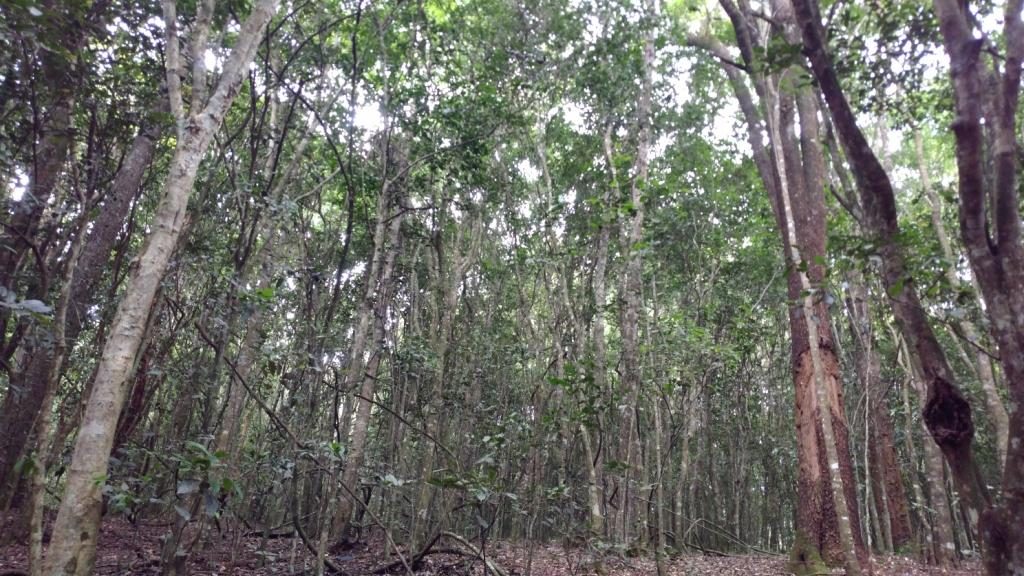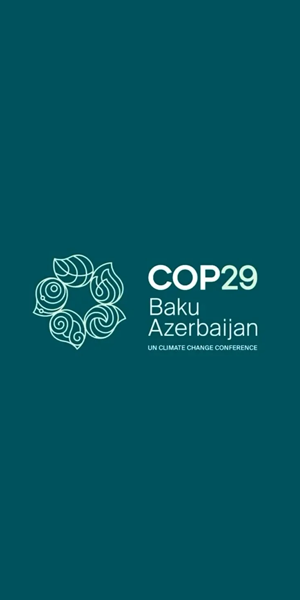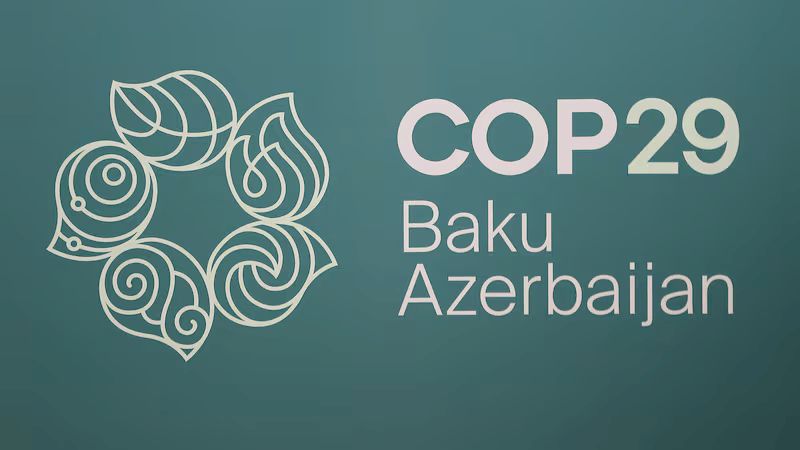
By Kofi Adu Domfeh
Kenya’s Karura Forest Reserve sits on a prime land in the city of Nairobi, covering an area of over one thousand hectares.
The Forest features three natural caves and a 12m waterfall on river Karura, which attracts approximately 20,000 visitors monthly.
Through ecotourism, the forest generates enough revenue to cover its expenditure and makes good profit which is ploughed back into the management of the forest, according to forest manager, John Orwa.
The local community is also empowered under the Forest Act 2005 to demand best practices in the management of the forest – no tree is removed from the forest without community engagement.
Jacqueline Mbawine of conservation NGO, A Rocha Ghana, is inspired by the Karura story, as she shared the experience of community action in restoring degraded savanna, forest and mangrove areas in Ghana at the 2018 Global Landscapes Forum.
“I think it’s very possible to have forests within our cities,” she said. “In recent times there have been talks about urban forestry and effort being taken by many countries and organizations. In Ghana, the Forestry Commission is making efforts at establishing some urban forestry within the Weija enclave and I think this can be brought further down to Accra, the capital and other cities in the country”.
Jacqueline is however unhappy that community efforts to restore and protect landscapes are not recognized and appreciated.
“A current challenge we have is our Atewa rain forest reserve which has a wealth of Bauxite but also key in providing water supply to about 5million Ghanaians. However this forest is under great threat and it’s currently being exploited which is going to affect the people who get their livelihood and most especially their water supply from this landscape,” she observed.
Restoring 2m hectares in Ghana
Transitional and forest zones of Ghana are being threatened by mining, charcoal production and unsustainable agricultural activities.
The country’s Northern Savannah Ecological zone is highly vulnerable to environmental degradation and climate change due its geographic location and the dependence of its population on natural resources, rain-fed agriculture and transhumance systems.
This area, rich in biodiversity, was identified as one of the priority zones which need immediate attention under the Ghana Strategic Investment Framework (GSIF) for Sustainable Land Management (SLM).
In 2015, Ghana joined the AFR100 with a restoration commitment to plant 2million hectares of trees.
The AFR100 is in accordance with Ghana’s national priorities and commitments to the three Rio Conventions; namely the UN Convention to Combat Drought and Desertification (UNCCD), the UN Framework Convention on Climate Change (UNFCCC) and the UN Convention on Biological Diversity (UNCBD).
Losing the forests implies that about 60 percent of the Ghanaian population who depend on the forest for their source of livelihood would be challenged.
The 2012 Forest and Wildlife Policy has some significant provisions to increase the country’s forest cover whilst addressing issues of tree tenure, which is a major cause for deforestation.
“We have managed to put into policy some steps to reform tree tenure, in which case government hands over off-reserve areas to communities to manage,” observed Albert Katako of Civic Response, an NGO.
He however said “it’s about time the government puts thoughts into action,” said.
Putting commitments into action
Trees and forests sustain and improve water availability, increase harvests, make communities more resilient to weather extremes, mitigate climate change, enhance food security and combat rural poverty.
Restoring degraded lands for agro-forestry contributes to soil fertility and enhances the availability of food, fodder, fuel wood and other products.
The 3rd AFR100 Annual Partnership meeting in Nairobi, Kenya had the theme “Taking Restoration to Scale: From Commitment to Implementation”.
The meeting brought together leadership from AFR100 partner countries, restoration champions, private sector operators, and technical partners to share lessons and good practices to further the implementation of forest landscapes restoration.
The meeting comes at a time when momentum is growing for a UN Decade on Landscape Connectivity and Ecosystem Restoration.
AFR100 not only contributes to the Bonn Challenge goal of bringing 350 million hectares into restoration by 2030, but also fulfills the African Union’s mandate to bring 100 million hectares into restoration by 2030.
To date, 26 African countries have pledged to restore 91.4million hectares through the AFR100 initiative.
Mamadou Diakhité of the AU’s NEPAD Agency points to a strong political commitment to the AFR100, but says there is the need to move to the grassroots level for investments on restoration to reach the local communities, especially women and youth.
“We know that there are a lot of economic potentials, in terms of job creation, increasing productivity while restoring and working for sustainable development goals,” he said.
Describing the environment as central to economic development, Wanjira Mathai, an advisor to the AFR100, also acknowledged the political will of African leaders to landscapes restoration.
She however says enforcement of environmental legislation is most important, adding that “we’ve got to move from those pledges to implementation” by looking at critical issues of planning, monitoring, resourcing mobilizing and financing of restoration activities.
Forests for sustainable economies
Forest landscape restoration can drive economic development in Africa and enhance human well-being through enhancing agricultural output and securing livelihoods.
Reforestation and landscape restoration as means of combating climate change are now high on the agenda of many governments and organizations, especially in the wake of COP21 in Paris.
Wanjira Mathai says it is only prudent not to encroach on the forests but to be efficient in the management of available space and be creative about the built environment.
“The environment, the parks, the green spaces are very much a part of livable cities,” noted Wanjira, whose mother, the legendary Wangari Maathai put her life on the line to save the Karura Forest from land grabs. “If you destroy your environment, you destroy yourself; a healthy environment supports healthy people”.
Jacqueline Mbawine is hoping Ghanaian and other African leaders will take a lesson from the Global Landscapes Forum to pay more attention to efforts to restore lands and to conserve the wealth of natural resources available for the betterment of the people.
“Forests play key role in managing forest system and given the fact that there is increasing effect of climate change, the presence of forests in our cities will help people have more healthy lifestyles, would have cleaner air and a wealth of wellbeing by the way we keep our environment”.











